

CHALLENGE #4: NO BIG PICTURE DEI STRATEGY
If your newsroom has yet to start a larger conversation about diversity, equity and inclusion, it may not be the right time to implement source tracking protocols. It’s important that your source tracking exists in parallel with a larger, very thoughtful DEI strategy for the newsroom and the organization at large.
Source tracking can easily earn a mixed reputation among journalists. Folks may see the mandatory participatory nature of the process stressful or burdensome. Some may feel like source tracking is a way of appeasing critics, so the newsroom doesn’t have to hire differently or change its problematic culture. Others may wonder if source tracking is just a Band-aid approach to large, systemic issues.
Most newsrooms have at least one or two of these issues regarding diversity:
- Staffing issues: hiring and retention of staff from minority or historically excluded backgrounds
- Culture issues: toxicity on staff, break down of trust, microaggressions, “second class” experience for employees of historically marginalized backgrounds
- Coverage issues: stories that mostly center a straight, white, male voice and world view, images that reinforce harmful stereotypes, coverage that lacks authentic voice from key communities
The truth is, your news organization, whether you’re just one person or 200, can find ways to create parallel tracks for culture AND staffing issues to be worked on, or for coverage issues and culture issues to be worked on together.
Start with goal setting. What does your news organization hope to accomplish with a DEI strategy? The goal should be specific enough to measure but broad enough that all staff can envision themselves as part of the successful future state.
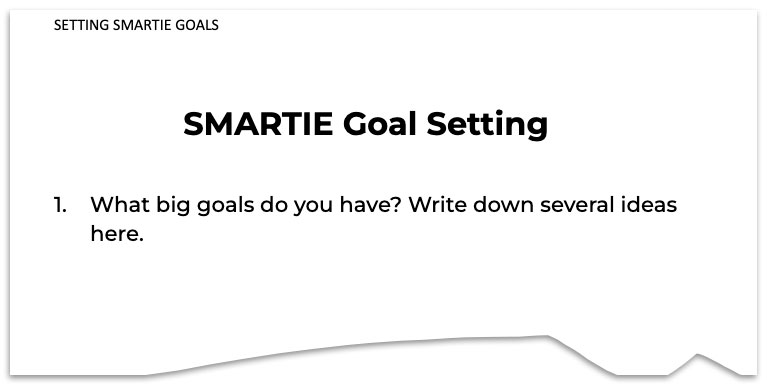
Then try a brainstorm with staff: what are all of the ways people can think of to make progress toward your goals?
Next, try a prioritization exercise, like mapping these ideas and tasks against an Urgent/Important 2×2 matrix. This can help folks on staff better understand that source tracking is a large and long term endeavor, the immediate impact of which may not be realized or easily visible. This means starting immediately or sooner helps to build a solid foundation for the future.

Here are two examples scenarios that result in two different decisions on whether source tracking is urgent and/or important for that newsroom.
💭 Example #1:
You’re in a newsroom that is 90% white, and as a team, you set a goal that it’s really important to the journalism that there is much better representation in your staff. You start a hiring plan, but it’s important to the team that you all take action individually as well to better reflect the communities you cover in your stories. Anecdotally, you all feel like the only time you write about Black community members is when they are victims or suspects of crimes and you want to change that. You know you’re missing key storylines and voices from the audience you serve.
To address these important issues, your newsroom decides that source tracking is both urgent and important, because the team needs immediate feedback in order to start shifting the diversity of sources.
💭 Example #2:
You’re in a newsroom that’s just beginning to talk about DEI as a concept. Because you’ve been keeping an eye out, you know anecdotally that the stories your newsroom published this week seems to lean heavily on only quoting men, and you suspect that’s hurting your coverage. You know you don’t have buy-in to roll out a source tracking initiative like this, because heck, your newsroom can’t even agree on general DEI goals yet! You decide that source tracking is important, but not urgent, and instead, you decide to focus first on using the SMARTIE goals worksheet to help your newsroom figure out some shared DEI goals.
Once you have prioritized your potential initiatives, assign owners and deadlines. This allows the tasks and projects to be mapped against a timeline, essentially creating a DEI roadmap.
The roadmap will help your teams understand what is being worked on now and next. A roadmap usually has a visual element to it, to help folks understand the different sizes of projects and see where resources and attention will overlap.
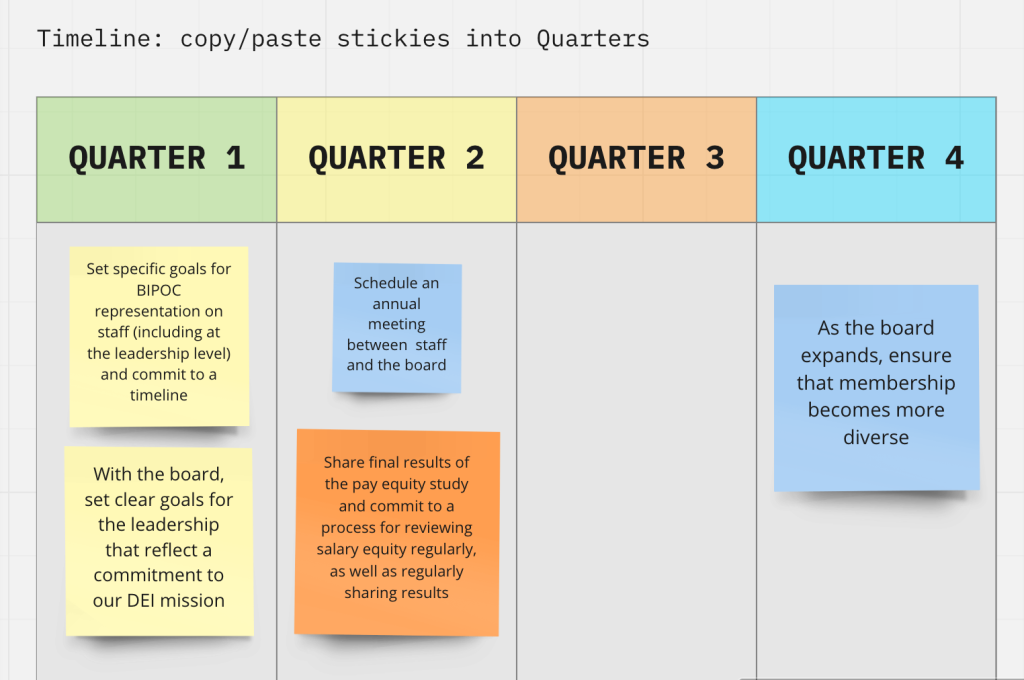
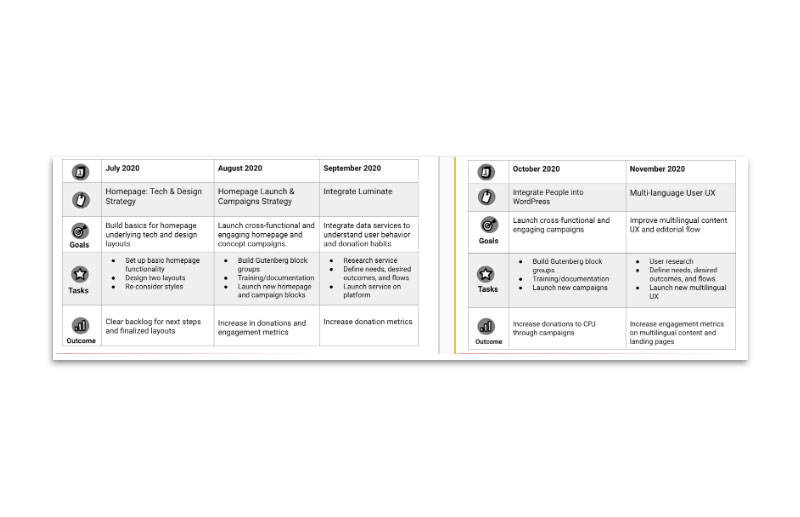
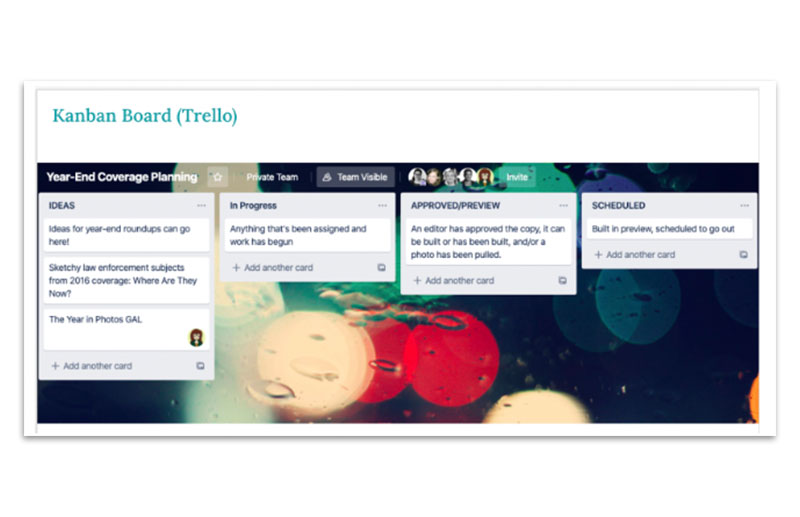
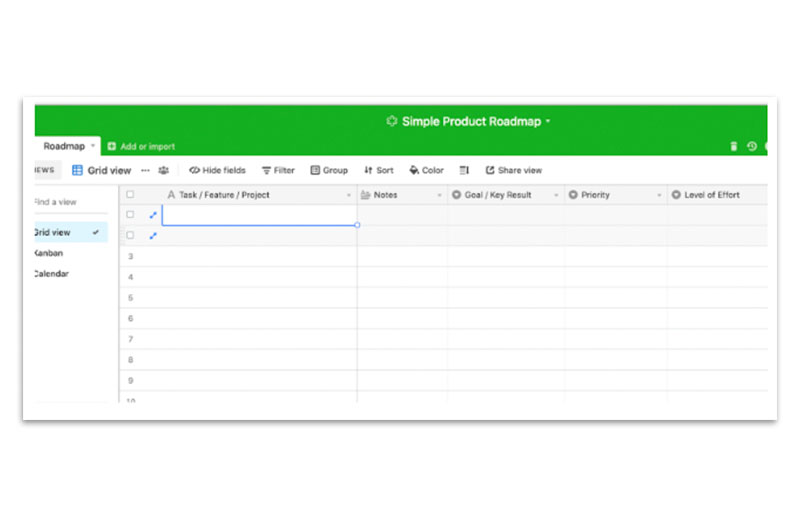
Remember, source tracking will only be a single component or initiative of your complete DEIB strategy. It’s important that no single person owns the work or particulars of a program, so that if they leave, the work doesn’t end or whither away.
Be sure to set up things like, roadmap maintenance meetings and regular check-ins to gauge progress toward your goals. Change takes time and few things can be transformed overnight.
We wish you luck and look forward to supporting you on your DEIB journey.
Make your copy of this checklist:
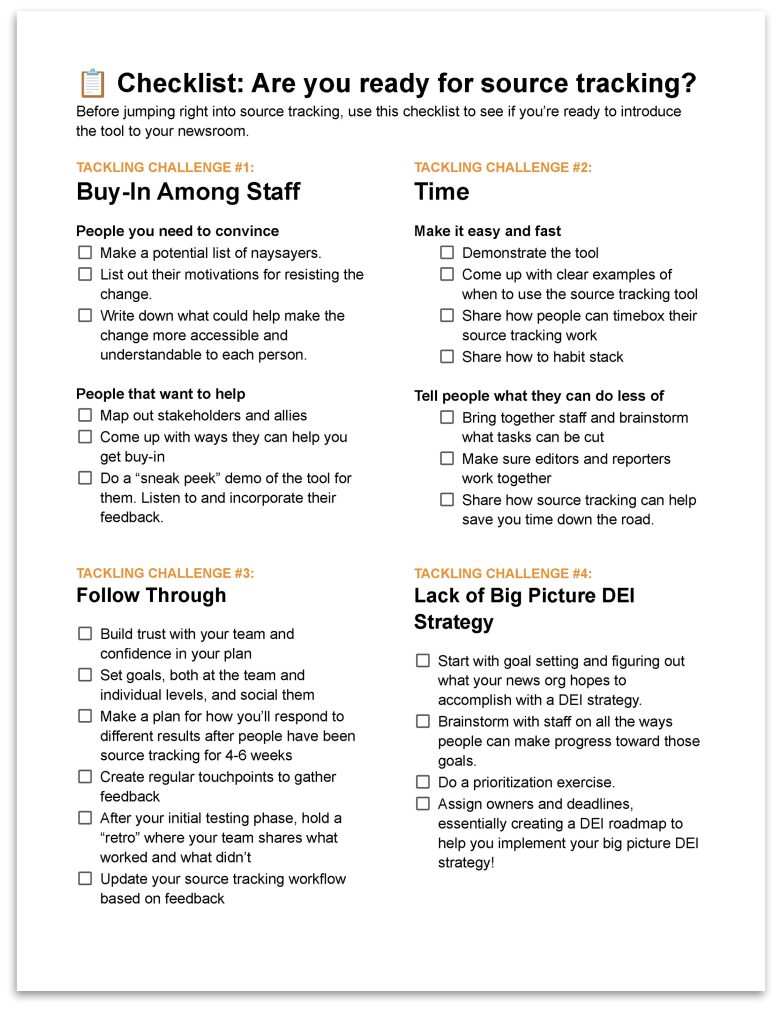
PICK YOUR NEXT STEP ⤵
This practical playbook was created by Emma Carew Grovum, Sisi Wei, Will Lager. Illustrations by Will Lager